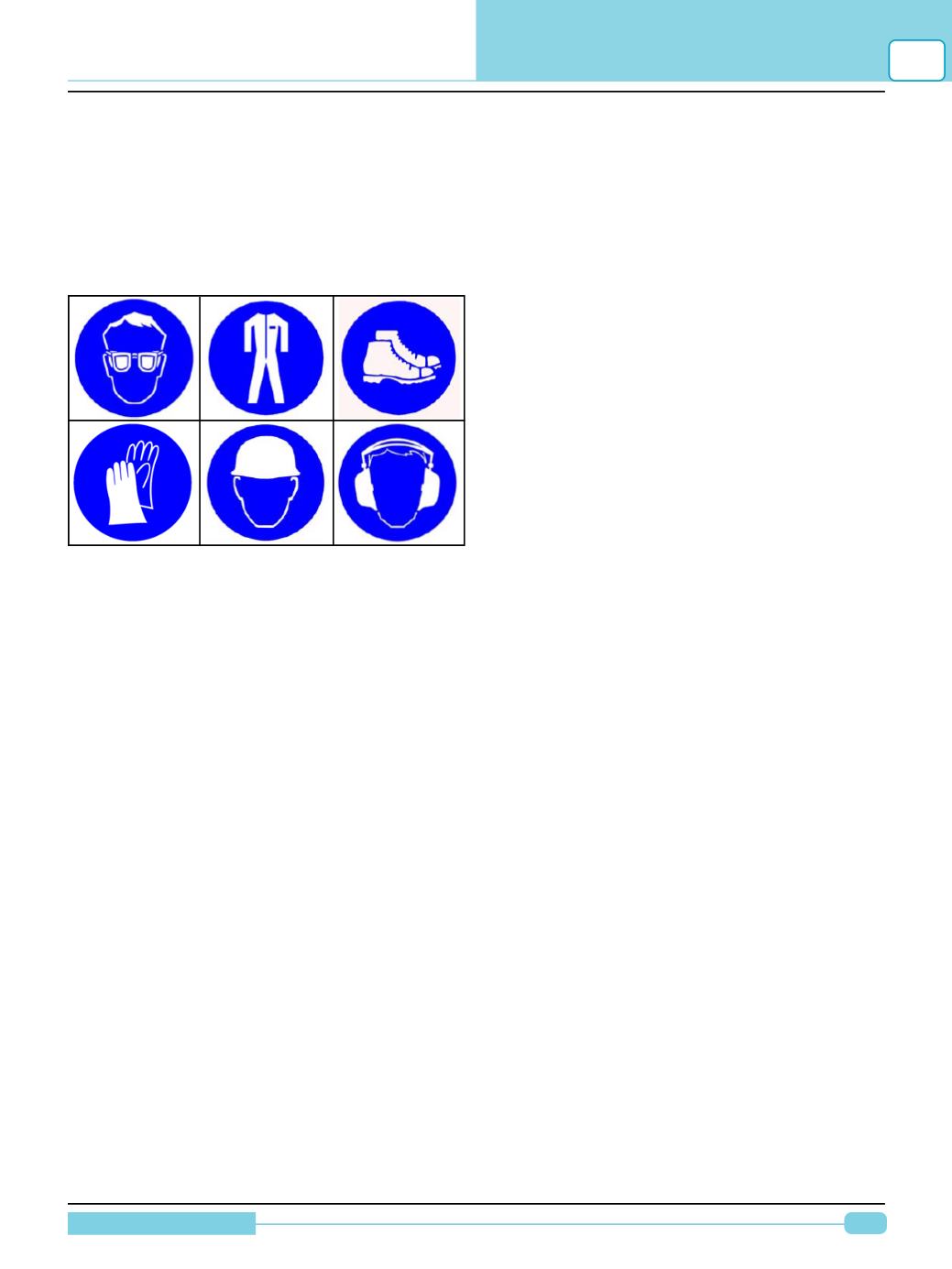

7
Diagnostic Manual
SAFETY PRECAUTIONS
SAFETY PRECAUTIONS
Personal Safety :
The importance of personal & vehicle safety is of
paramount importance. Following are few guide-
lines for safe work place & habits.
•
Wear a Personal Protective Equipment (PPE)
during testing or repairing of vehicles.
Important:
•
To avoid the damage to diagnostic tool or gen-
eration of false data, make sure that vehicle
battery is fully charged and the connection to
the vehicle data link connector (DLC) is clean
and secure.
•
Do not place the tool or communication cable
near the vehicle’s ignition coils. Strong elec-
tromagnetic interference can damage the tool.
•
Never disconnect or reconnect any electrical
connector while the ignition is ‘ON’ as it may
result in damage of control unit.
Vehicle Safety :
•
Use covers for fender, seats, steering wheels
& other parts before starting any service work.
•
Never keep tools any where on the vehicle.
•
Plug the ports/openings of aggregates such as
FIP/injectors, pipes whenever removed from
the car.
•
Set the parking brake and block the wheels
before testing or repairing a vehicle.
•
Do not drive the vehicle and operate the tool at
the same time. Any distraction may cause an
accident. Have one person to operate the tool
& another person can drive the vehicle.
•
Maintain adequate gap around moving
components or belts during testing. Moving
components and belts can catch loose cloth-
ing, body parts, or test equipment, and cause
serious damage or personal injury.
•
When an engine is running, keep the service
area WELL VENTILATED, or attach a build-
ing exhaust removal system to the engine
exhaust system. Engines produce carbon
monoxide, an odorless, poisonous gas that
causes slower reaction time and can lead to
serious personal injury or loss of life.
•
Refer to the Workshop manual for the vehicle
being serviced. Adhere to all repair procedures
and precautions. Failure to do so could result
in personal injury or otherwise unneeded
repair.
1

















